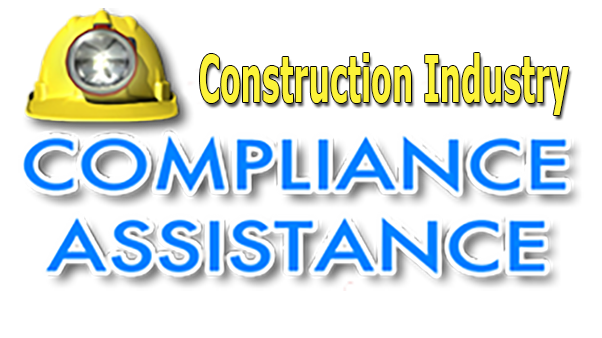
Spill Prevention and Response Procedures
Most state construction general permits contain similar elements to EPA's 2022 Construction General Permit (CGP) (which serves as a model for the nation) requires permittees to include, in their site-specific SWPPPs, procedures that will be followed to prevent and respond to spills and leaks including:
-
Procedures for expeditiously stopping, containing, and cleaning up spills, leaks, and other releases. Identify the name or position of the employee(s) responsible for detection and response of spills or leaks.
-
Procedures for notification of appropriate facility personnel, emergency response agencies, and regulatory agencies where a leak, spill, or other release containing a hazardous substance or oil in an amount equal to or more than a reportable quantity occurs during a 24-hour period. Contact information must be in locations that are readily accessible and available.
Permittees may reference the existence of a Spill Prevention Control and Countermeasure (SPCC) plan developed for their construction site subject to 40 CFR Part 112 regulations, or a spill control program otherwise required by an NPDES permit for the construction activity, provided that a copy of that other plan is kept onsite. Note that even if a SPCC or other spill prevention plan already exists, the plan will only be considered adequate if it meets all the requirements of the CGP, either as part of the existing plan or supplemented as part of the SWPPP.
For more information, download EPA's Developing Your Stormwater Pollution Prevention Plan: A Guide for Construction Sites (see page 27).
Emergency Spill Notification
Where a leak, spill, or other release on a construction site contains a toxic or hazardous substance in an amount equal to or in excess of a reportable quantity established under either 40 CFR Part 110 (reportable quantities of oil), 40 CFR Part 117 (reportable quantities of hazardous substances), or 40 CFR Part 302 (substances listed in the Clean Air Act that were incorporated into the CERCLA hazardous substances list) during a 24-hour period, the construction site operator is subject to federal reporting requirements for spills or other releases of oils or hazardous substances. Under EPA's CGP, the permittees must also, within 7 calendar days of knowledge of the release, provide a description of the release, the circumstances leading to the release, and the date of the release. State, tribal, or local requirements may necessitate additional reporting of spills or discharges to local emergency response, public health, or drinking water supply agencies.
